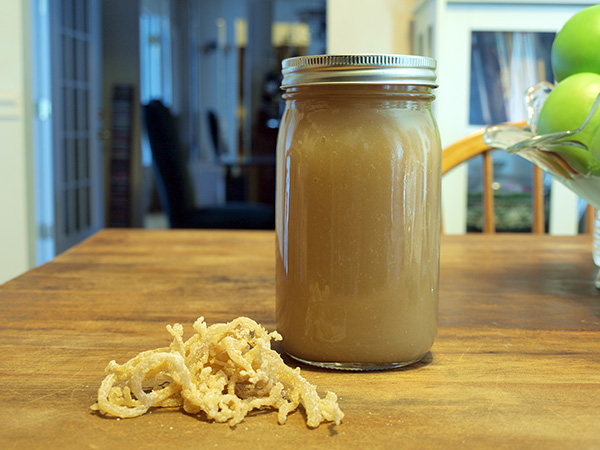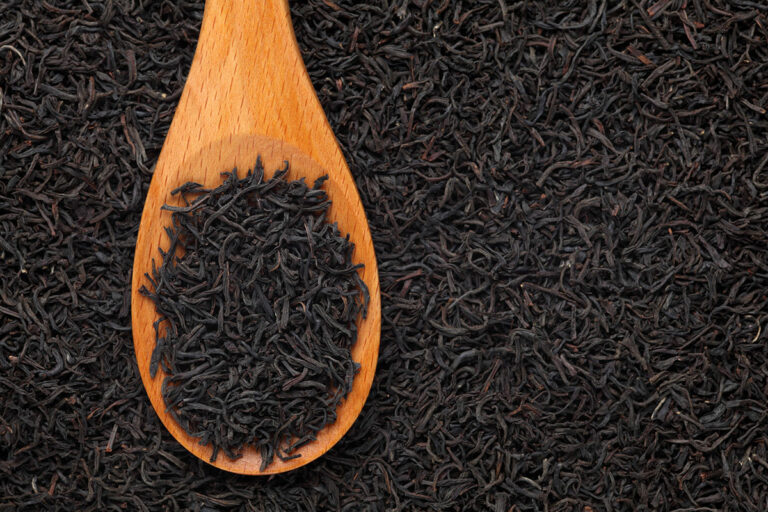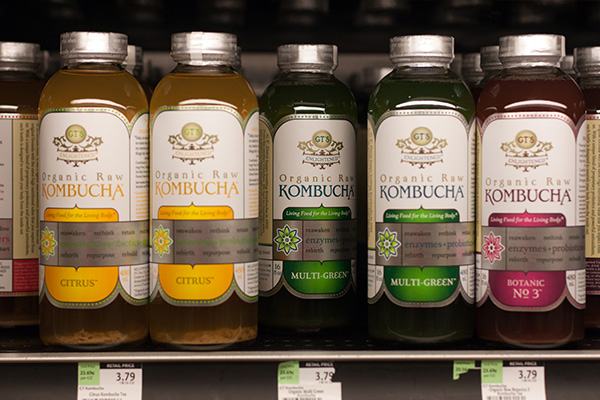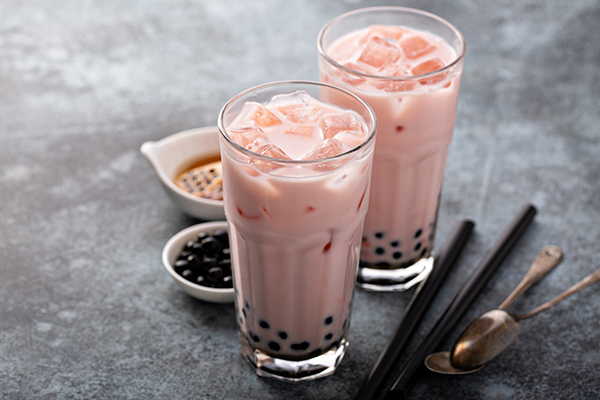What’s the Difference Between High Tea and Afternoon Tea?
The practice of enjoying tea, accompanied by delicate sandwiches, pastries, and other treats, has long been a cherished tradition in the United Kingdom and other parts of the world. However, there is often confusion surrounding the terms “high tea” and “afternoon tea.”
In this article, we will delve into the origins, differences, and similarities between high tea and afternoon tea, and learn about the customs and rituals associated with each.

What Is Afternoon Tea?
Afternoon tea is a quintessential British tradition that originated in the early 19th century as a light, mid-afternoon meal designed to tide people over between lunch and dinner. The practice began when Anna, the 7th Duchess of Bedford, found herself feeling hungry during the long hours between meals and started enjoying a cup of tea accompanied by light snacks. The idea caught on among the British upper class, and afternoon tea evolved into an elegant and refined social event.
Typically held between 3 pm and 5 pm, afternoon tea is characterized by its menu of delicate finger sandwiches, scones served with clotted cream and jam, and a selection of pastries and cakes. The tea itself is an essential part of the experience, with an emphasis on choosing high-quality tea blends and following proper brewing techniques.
The atmosphere surrounding afternoon tea is one of sophistication and elegance. The meal is often served in luxurious settings, such as upscale hotels or tea rooms, with fine china, silverware, and linen tablecloths. The experience is as much about socializing and indulging in a leisurely, relaxed atmosphere as it is about enjoying the delicious food and tea.
What Is High Tea?
High tea is a British tradition that originated in the late 19th century as a practical, early evening meal for the working class. It was designed to provide sustenance and energy for laborers who needed a substantial meal after a long day of work and before they continued with their evening tasks. The name “high tea” likely comes from the fact that it was served at a high table, like a dining table, rather than the low, delicate tables associated with afternoon tea.
High tea typically takes place between 5 pm and 7 pm and features a more robust and filling menu than afternoon tea. The meal consists of hearty dishes such as meats, pies, stews, and various types of bread. Accompaniments often include vegetables, cheeses, and pickles. Tea is, of course, an essential part of the high tea experience, but the focus is on the substantial food rather than the tea itself.
In contrast to the refined and elegant atmosphere of afternoon tea, high tea is generally a more casual and relaxed affair. It is often enjoyed at home or in cozy tea rooms, with a focus on satisfying hunger and providing a social occasion for friends and family to gather and connect. While the tradition of high tea has evolved over time and may now include some elements of afternoon tea, such as cakes and pastries, its origins as a working-class meal remain at its core.
Differences Between High Tea and Afternoon Tea
Although high tea and afternoon tea share some similarities, they have several key differences that help to distinguish them from one another.
The Meal’s Purpose
The most significant difference between high tea and afternoon tea lies in their respective purposes. While afternoon tea was conceived as a light, elegant snack to bridge the gap between meals, high tea was designed as a more substantial, working-class meal. High tea provided sustenance for those who needed energy to finish their day’s labor, whereas afternoon tea served as a refined social gathering for the leisure class.
The Menu
What is afternoon tea without its assortment of delicate finger sandwiches, scones with clotted cream and jam, and exquisite pastries? The menu is undoubtedly one of the primary differences between high tea and afternoon tea. High tea features more robust fare, such as meats, pies, and stews, while afternoon tea focuses on lighter, daintier selections.
The Time of Day
Another key difference between high tea and afternoon tea is the time at which they are enjoyed. Afternoon tea typically takes place between 3 pm and 5 pm, while high tea is generally served between 5 pm and 7 pm.
The Setting
The setting in which these tea experiences take place also helps to distinguish them. Afternoon tea is often enjoyed in a more formal, luxurious environment, with fine china, silverware, and elegant linens. High tea, however, is more commonly a casual, relaxed affair, enjoyed at home or in a cozy tea room.
Appreciating the Similarities
Despite their differences, high tea and afternoon tea share some common elements that contribute to their enduring appeal.
The Ritual of Tea
Both high tea and afternoon tea place a strong emphasis on the ritual of preparing and serving tea. From selecting the perfect blend to steeping the tea leaves for the ideal length of time, the art of making tea is central to both experiences.
The Social Aspect
Another similarity between high tea and afternoon tea is their role as social occasions. Both traditions provide opportunities for friends and family to gather, share stories, and connect over a shared love of tea and delicious food.
In Conclusion
In a time when our lives are increasingly busy and disconnected, the customs and rituals of high tea and afternoon tea serve as reminders of the importance of slowing down, savoring the moment, and connecting with others over shared experiences. Whether you indulge in the sophistication of afternoon tea or the cozy comfort of high tea, both traditions provide an opportunity to step back from the hustle and bustle of daily life and enjoy the simple pleasures of good food, great company, and, of course, a perfectly brewed cup of tea.






